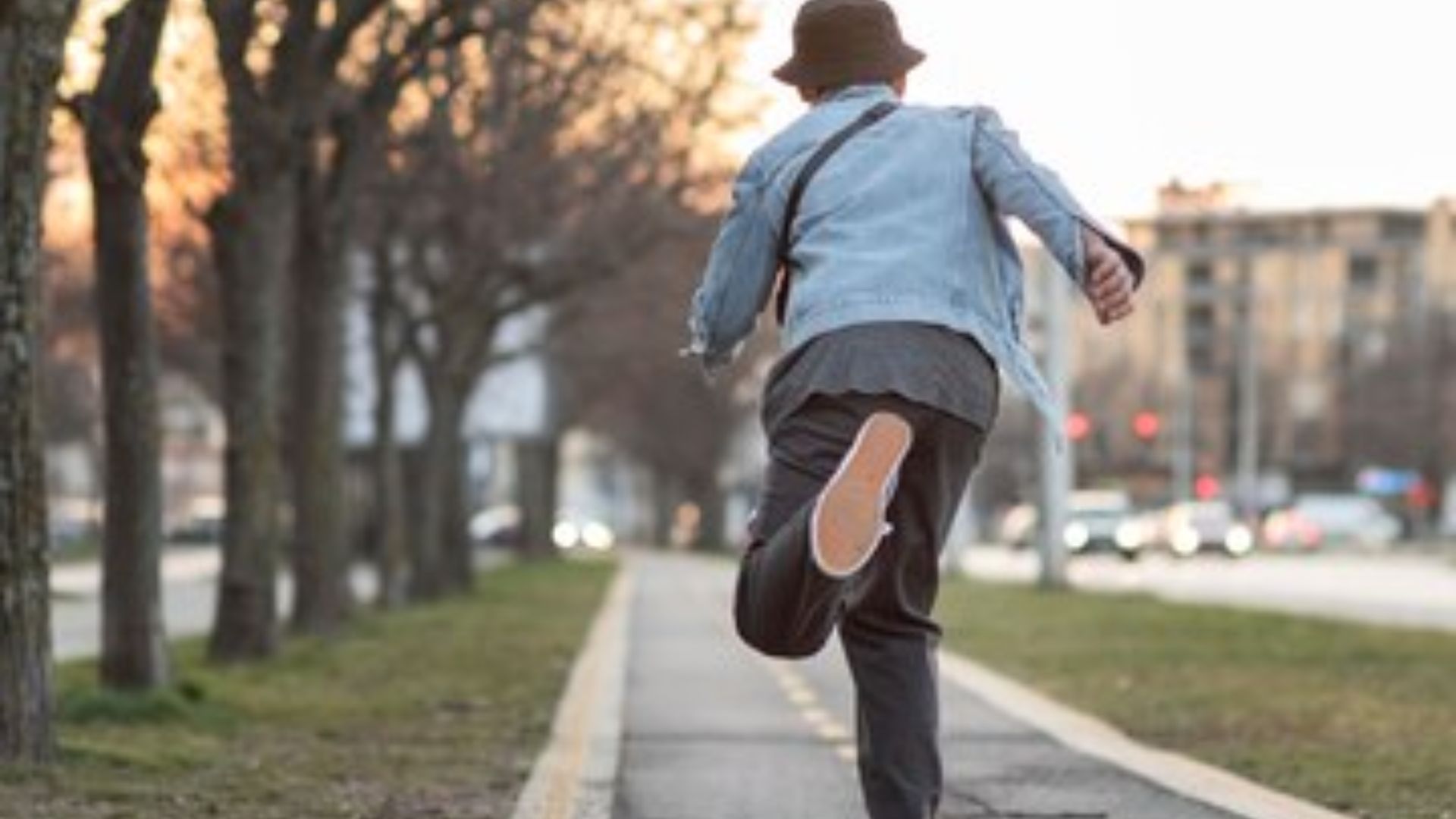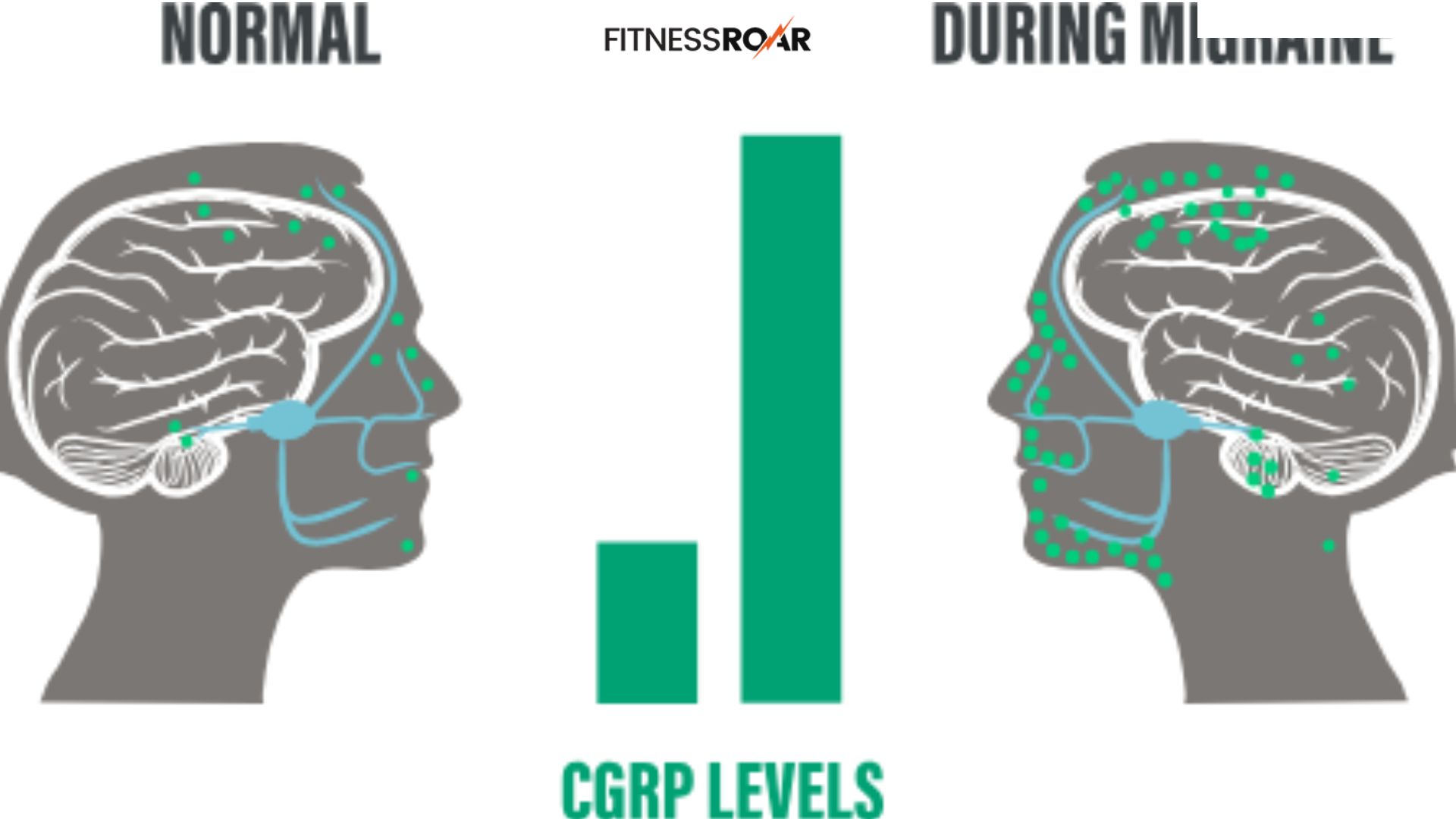Backward Walking: A Guide to Benefits

Walking forward might be second nature, but there’s a new trend gaining traction – literally. Backward walking, also known as retro walking, is experiencing a surge in popularity. This isn’t just a quirky fad; people are turning to backward walking for a variety of reasons:
Fitness Boost: Backward walking engages different muscle groups compared to regular walking. This can lead to improved balance, coordination, and core strength. It can also burn more calories and challenge the cardiovascular system in a fresh way.
Rehabilitation Advantage: Physical therapists have long used backward walking for rehabilitation purposes. It can help improve gait and flexibility, especially for older adults or those recovering from injuries.
Novelty Factor: Let’s face it, walking backwards is just plain fun! It adds a new dimension to your workout routine and can be a great way to break out of a fitness rut. Plus, there’s a certain novelty factor that can be appealing, especially for those who share their workouts on social media.
Whether you’re looking to enhance your fitness, support rehabilitation, or simply try something new, backward walking offers a unique and potentially rewarding way to move your body.
Also Read: Love Running?
Benefits of Backward Walking
Backward walking isn’t just about going against the grain; it offers a surprising range of benefits:
- Balance and Coordination Champions: Since you can’t see where you’re going, backward walking forces your body to rely more on your vestibular system (balance center in your inner ear) and proprioception (body awareness). This constant adjustment activates more muscle groups to maintain stability, leading to improved coordination and a steadier stride overall.
- Joint-Friendly Movement: For those with knee pain, forward walking can be a struggle. The good news? Backward walking actually reduces stress on the knee joint. Because the impact happens during the heel strike, walking backwards puts less strain on the kneecap, making it a gentler exercise option.
- Muscle Activation All Around: While regular walking primarily targets your quads and glutes, backward walking recruits a different crew. Your calves, hamstrings, and lower back muscles become the driving force, working harder to propel you backward. This strengthens these often-underused muscles and creates a more balanced physique.
- Brainpower Boost: Think walking is mindless? Backward walking throws your brain a curveball. It constantly needs to process new visual information and adjust your movements accordingly. This mental challenge can enhance cognitive function, improve alertness, and even sharpen memory and focus.
- Rehabilitation on the Move: Physical therapists often incorporate backward walking into rehabilitation programs. It helps improve gait mechanics, strengthen supporting muscles, and increase flexibility – all crucial aspects of recovering from injuries. By focusing on different movement patterns, backward walking can help individuals regain confidence and mobility.
Risks and Precautions of Backward Walking
While backward walking offers a wealth of benefits, it’s important to be aware of the potential downsides and take precautions to ensure a safe experience:
- Fall Potential: The biggest drawback of backward walking is the inability to see where you’re going. This significantly increases the risk of tripping over obstacles or uneven terrain, leading to falls.
- Muscle Strain Surprise: Since backward walking engages different muscles than regular walking, there’s a chance of overuse and strain, especially if you’re not accustomed to it. It’s crucial to start slowly and gradually increase intensity and duration to avoid muscle soreness or injury.
- Environmental Awareness is Key: The world looks different in reverse! Backward walking requires heightened awareness of your surroundings. Watch out for curbs, steps, uneven surfaces, and other people to avoid collisions.
Here are some safety tips to keep in mind:
- Mirror, Mirror on the Wall: If walking indoors, use mirrors strategically placed to help you see what’s behind you.
- Controlled Environment is Best: Start by practicing backward walking in a safe, controlled environment like a clear hallway or open field.
- Buddy Up for Safety: Consider having a friend or spotter walk alongside you, especially when starting out, to provide an extra layer of safety.
- Listen to Your Body: Pay attention to any pain or discomfort. Stop immediately if you experience any muscle strain and consult a doctor if necessary.
By being mindful of these risks and implementing safety precautions, you can reap the rewards of backward walking with minimal downsides.
Also Read: 6 Tips to Slow Down Aging
Proper Form for Backward Walking
Now that you’re aware of the benefits and precautions, let’s delve into the proper form for backward walking:
- Posture Makes Perfect: Just like regular walking, good posture is essential for backward walking. Stand tall with your shoulders back and down, core engaged, and gaze slightly forward (not directly at the ground). This alignment promotes stability and prevents excessive strain on your back.
- Short Steps, Big Impact: Unlike forward walking where longer strides are encouraged, backward walking is all about short, controlled steps. This allows for better balance and reduces the risk of tripping. Take small steps, landing heel-to-toe, and focus on pushing off with your entire foot for effective propulsion.
- Head Held High: The temptation might be to hunch over and look directly at the ground behind you. However, resist this urge! Keep your head level with your gaze directed slightly forward and down. This helps maintain proper neck alignment and allows you to have a better view of the ground immediately in front of you, reducing the risk of tripping on uneven surfaces.
Remember, backward walking takes practice. Start slow, prioritize safety, and focus on proper form. As you get comfortable, you can gradually increase your speed and distance.
Also Read: Why Neem is a Powerful Remedy
In Crux
Backward walking might seem like a quirky exercise fad, but it offers a surprising array of benefits. From improved balance and coordination to reduced joint impact and even a cognitive boost, backward walking can be a valuable addition to your fitness routine. It’s a unique way to challenge your body and mind, adding a fun twist to your workouts and potentially breaking you out of a fitness rut.
Ready to give it a try? Remember, safety is paramount. Start slow, prioritize a controlled environment, and use proper form to minimize the risk of falls or injuries. Consider having a spotter or utilizing mirrors for added safety. Listen to your body, and don’t hesitate to adjust intensity or duration as needed.
Backward walking might feel awkward at first, but with a little practice, you’ll be surprised at how quickly you can master this new skill. Embrace the challenge, prioritize safety, and enjoy the unique benefits that backward walking has to offer. Who knows, you might just find yourself walking backwards towards a healthier and more invigorating you!
How much did you like Our detailed Backward Walking: Benefits? Please share your view in the comment box. Also, please share these Blogs with your friends on social media.
Recommended














